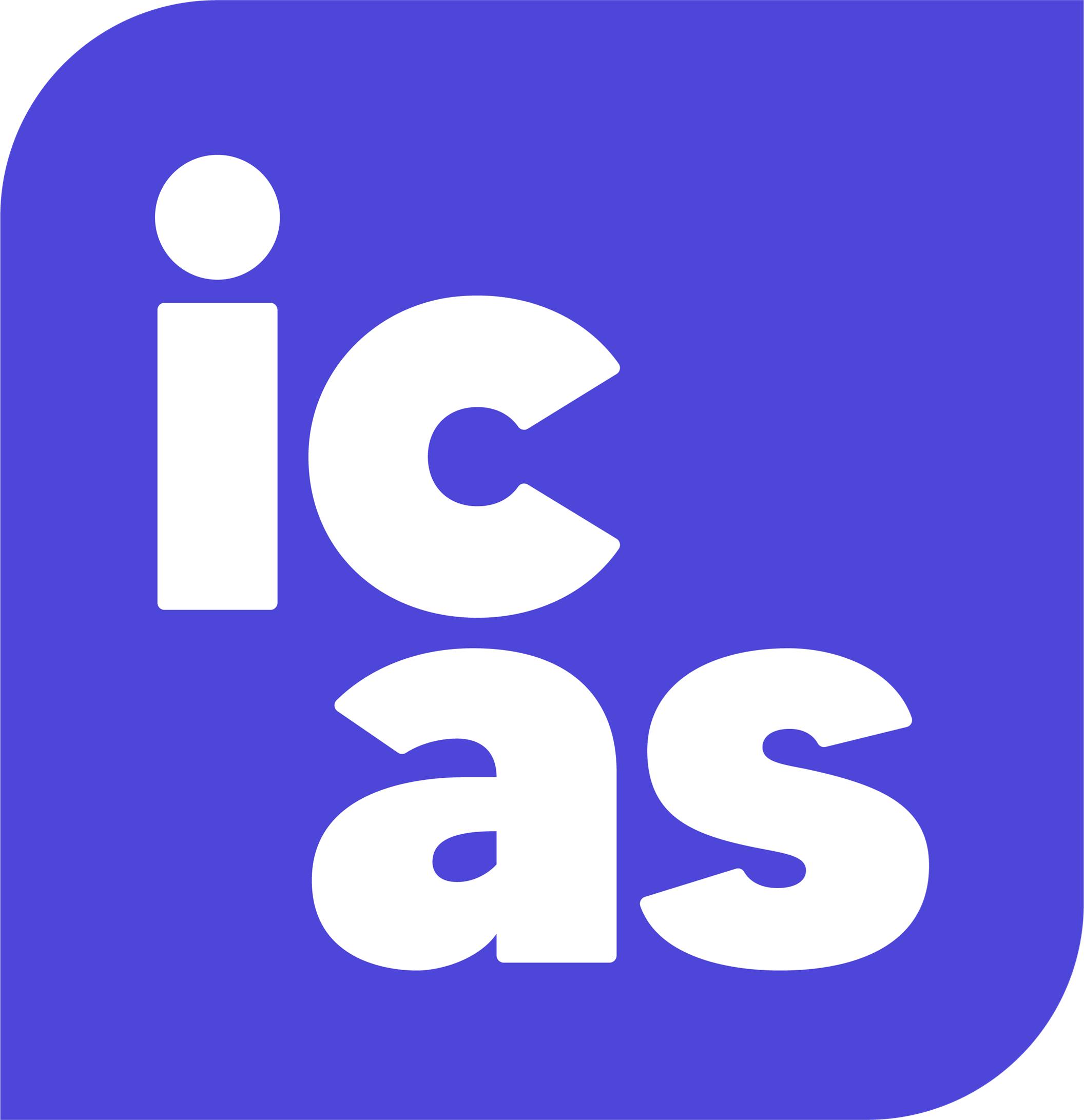Year End Tax Planning Opportunities

Wednesday 5 April 2023 sees the end of the current tax year. Following the Chancellor's plans to freeze and in some case reduce tax-free allowances, it's more important than ever to make the most of some timely tax planning.
Inflation concerns, the increasing public services budget combined with the ongoing recovery of Covid-19 costs has resulted in allowances being frozen or reduced in order to raise additional tax income. In addition, allowances for Capital Gains Tax and dividends are being halved for the 23/24 tax year, and then halved again from April 2024.
We would encourage everyone to take some time to review how you can make the most of current allowances. Acting now may give you the opportunity to take advantage of existing reliefs and exemptions before they are lost. Below is a summary of the main allowances you should be aware of.
ISAs
Returns from an ISA are tax free and in the current tax year individuals can invest up to £20,000 in either a cash or a stocks & shares ISA, or a mixture of both. As part of your main allowance, a Lifetime ISA (LISA) is available to anyone between 18 and 40 saving up to £4,000 towards a home or retirement; these attract a 25% government addition.
You can invest up to £9,000 in a Junior ISA for anyone under 18.
Remember ISA allowances cannot be carried forward past 5 April, so use it or lose it!
Pensions
Most people get Income Tax relief on pensions contributions up to the annual allowance. For 2022/23 you can generally contribute £40,000 gross or 100% of your earnings (whichever is lower).
As well as receiving a 20% top-up from the government on any net personal contributions you make, you may also be able to reduce the amount of income tax you pay by extending your basic rate band and/or reinstating your personal allowance and you may be able to claw back Child Benefit payments.
Business owners can extract profits as a pension contribution, saving on tax and National Insurance liabilities.
Any unused allowances from the past three years can be carried forward.
Use Your Annual Tax Allowances
From April 2023 the Capital Gains Tax (CGT) allowance, currently at £12,300, will be reduced to £6,000. This figure will be halved again to £3,000 from April 2024. If you have plans to sell or gift any assets in the near future, you should consider timing the ‘disposal’ of your assets before the CGT allowance is cut. Remember that assets can be transferred between married or civil partners, so it makes sense to maximise the use of each partner’s individual allowance before these are reduced.
Marriage Allowance allows a basic rate taxpayer to transfer part of their spouse’s personal allowance to himself or herself, provided the spouse earns less than £12,570.
If you run your own business through a limited company, the first £2,000 of dividends that you draw is tax free, irrespective of other income.
The personal savings allowance is £1,000 of tax-free interest for basic rate taxpayers, and £500 for higher rate taxpayers. There is no allowance for those paying tax at 45%.
Two further £1,000 tax-free allowances are available; one for property and the other for miscellaneous trading income.
Inheritance Tax (IHT)
An individual can make gifts of up to £3,000, multiple smaller gifts of £250 or regular gifts out of their income each tax year – all exempt from IHT.
You can also make one off gifts on marriage or civil partnership; the amount exempt depends on your relationship to the couple. Larger gifts over and above these exemptions can also be made, but the giver needs to live for seven years before they are fully free of IHT.
Other Tax Efficient Investments
There are other investment options that are time limited and have tax incentives such as Enterprise Investment Schemes (EIS), Venture Capital Trusts (VCT) and Seed Enterprise Investment Schemes (SEIS).
Gift Aid Donations
If you are a UK taxpayer and make a charitable donation via Gift Aid, the charity is able to claim an extra 25p for every £1 you give. As Gift Aid assumes that the money has been taxed at the standard rate, higher or additional rate taxpayers are eligible to receive a further 20% or 25% (21% or 26% if you are a Scottish resident) of the grossed up donation as a reduction in tax liability. So remember to record any Gift Aid donations on your tax return.
In summary, prior to 5 April we would advise everyone to consider all the tax saving and investment opportunities available to them. With growing pressure on the government to increase tax revenues to combat ongoing economic challenges, there’s a great deal of uncertainty around how wealth will be taxed in the future. The halving of CGT allowances may be an indication of more stealth taxes to come.
The majority of allowances work on an annual basis, so it is always wise to plan ahead and this year more than ever it is a case of act now and use it or lose it!
If you would like more information, a more detailed guide can be found here or alternatively contact Greaves West & Ayre Wealth Management. We are in an ideal position to review your unique financial situation and offer independent advice. If you are not yet a GWA client, our initial meeting will be entirely at GWA’s expense, to establish your needs and how we can help.
Please be aware that your capital will be at risk when you invest, and that you may get back less than you invested. There is no guarantee of how future wealth will be taxed and everyone’s situation is unique. This article does not constitute financial advice so before acting upon it, the reader should always take the appropriate financial advice.
However, as everyone’s situation is unique, we recommend that you get in touch with one of our financial advisers if you would like further information about how they might impact you specifically


